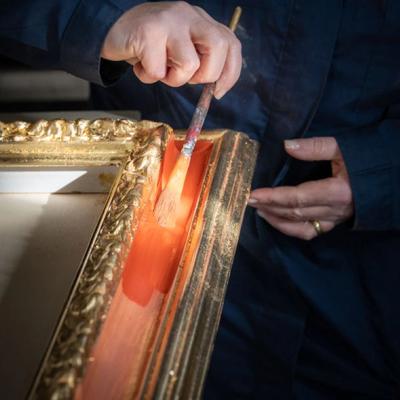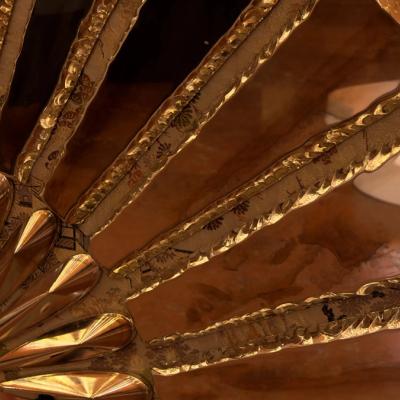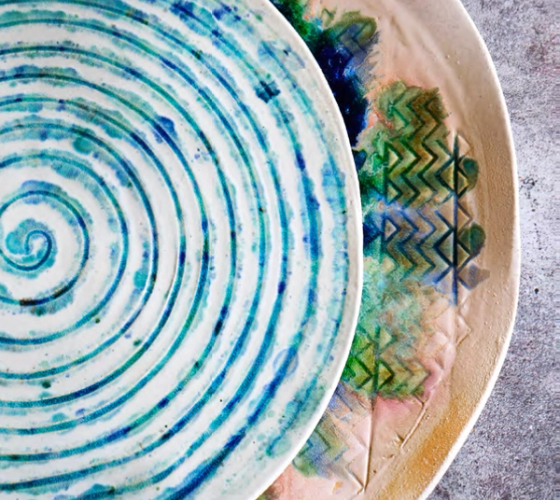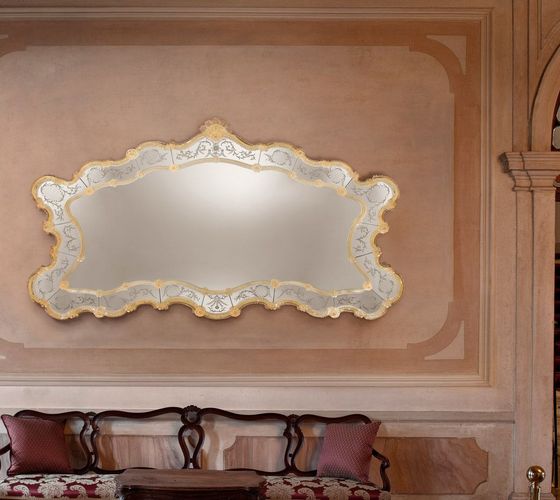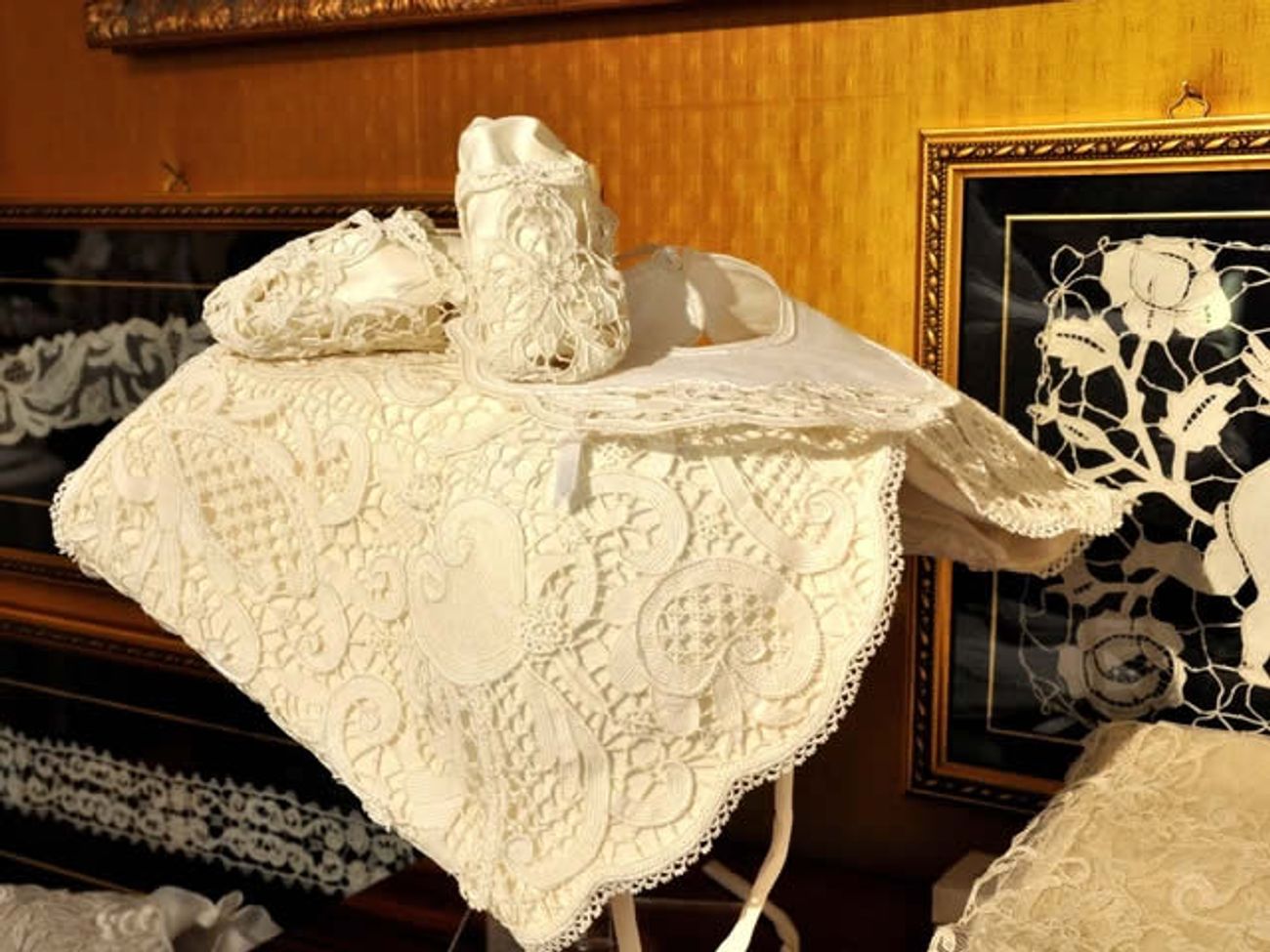
The Legends of Burano Lace: A Vanishing Art of Italian Craftsmanship
Myths and Legends of Burano Lace
Burano lace, celebrated for its exquisite detail and delicate beauty, has roots deeply intertwined with the folklore and traditions of Venice. One of the most enchanting legends tells the story of a fisherman from Burano who, upon resisting the seduction of a mermaid while out at sea, was gifted a delicate lace-like veil made of sea foam. Upon his return, he gave this ethereal creation to his fiancée, inspiring the women of Burano to recreate its beauty using needle and thread. Thus, the tradition of Burano lace was born—a craft that would flourish for centuries.
Another tale speaks of fishermen pulling intricate threads from their nets in the Venetian lagoon, threads so fine and mysterious that the women of Burano began to weave them into lace, imitating the patterns they saw in nature. These legends, while mythical, reflect the deep connection between the people of Burano and the art of lace-making, where the surrounding environment and local culture played a key role in shaping this ancient craft.
A Craft for the Elite
During the Renaissance, Burano lace gained recognition throughout Europe, admired for its incredible craftsmanship and artistic value. It became a luxury item, commissioned by kings, queens, and the wealthy aristocracy. Venetian lace-makers, known for their attention to detail, created pieces that were so fine and intricate they were often compared to gold and jewels. Their delicate patterns and complex designs, entirely handmade, represented the height of Italian craftsmanship and bespoke artistry.
The creation of Burano lace required not only artistic vision but also technical skill. Each piece could take months or even years to complete, depending on its size and complexity. Because of the labor-intensive nature of the process, only the elite could afford such treasures. The lace was used to adorn royal garments, bed linens, and other luxury items, becoming a status symbol for those who could afford it. Courts across Europe, from France to Spain to Austria, eagerly sought these exquisite creations.
Techniques and Traditions
The lace-making process involves a painstaking needle technique called "punto in aria" (stitch in the air), a skill passed down through generations. This method requires intricate handwork, with each tiny stitch contributing to elaborate floral or geometric patterns. The craftsmanship involved in making Burano lace is one of the reasons it has been regarded as a pinnacle of luxury interior design—perfectly suited for decorative textiles in high-end homes and spaces that demand bespoke, handcrafted elegance.
In its golden era, Burano lace-makers were seen as artists in their own right. The skill required to produce lace of such intricate beauty was unparalleled. Each piece of lace told a story, its patterns often inspired by the natural world—flowers, leaves, and the lagoon surrounding Burano itself. These patterns were designed to interact with the light, creating a delicate play of shadows and textures that enhanced the beauty of luxury interiors, from royal palaces to the homes of the wealthy.
The Decline of Burano Lace
Despite its historical importance and artistic value, Burano lace is now at risk of fading into obscurity. The tradition that once flourished has been slowly declining due to a lack of interest among younger generations. The lace-making process, which requires immense patience and skill, no longer appeals to many in an era where faster, more efficient methods of production dominate. The painstaking work that was once considered a revered form of craftsmanship is now viewed as impractical by many.
Today, most of the lace-makers in Burano are elderly women who continue to practice the art as they have for decades. However, as they age, the knowledge and techniques they possess risk being lost. Without new apprentices to take up the craft, Burano lace faces an uncertain future. The intricate lace that once adorned the halls of kings and queens is now a rarity, and the island’s lace-making tradition is in danger of disappearing entirely.
Burano Lace in Modern Design
Although the art of lace-making is fading, Burano lace continues to hold a place in luxury interior design. Designers who value bespoke and handcrafted pieces still seek out Burano lace for use in high-end homes and projects. Whether as decorative textiles or framed as art, Burano lace adds a touch of Italian art and heritage to modern interiors. Its delicate patterns can complement contemporary minimalist spaces, providing a contrast between traditional artistry and modern design sensibilities.
Incorporating Burano lace into a home’s decor is a way to honor the rich history of Italian craftsmanship while adding a unique and personal touch to the space. As the demand for handcrafted, bespoke items continues to grow in the luxury design world, there may still be hope for the survival of this ancient craft, even if in a limited capacity.
Efforts to Preserve the Tradition
There have been efforts to revive the tradition of Burano lace through schools and workshops aimed at teaching the younger generations. Museums, such as the Museo del Merletto, display historical pieces of Burano lace and offer classes to those interested in learning the craft. These initiatives aim to keep the tradition alive, but the future remains uncertain. The high cost of producing authentic Burano lace and the competition from machine-made alternatives present significant challenges.
Some designers and artisans are working to reintroduce Burano lace in new and innovative ways, integrating it into bespoke projects that highlight its beauty while preserving its traditional methods. Whether used in luxury interior design or as part of limited-edition collections, the goal is to keep the art of Burano lace relevant in today’s world, where the demand for handmade and artisanal products is on the rise.
A Vanishing Art
As the number of skilled lace-makers dwindles, Burano lace may become a lost art, cherished only by collectors and museums. Yet its legacy as a symbol of Venetian craftsmanship and Italian art remains. The intricate beauty of Burano lace, with its rich history and connection to the powerful elite of the past, will continue to inspire designers and artisans for years to come, even if the craft itself fades away.
